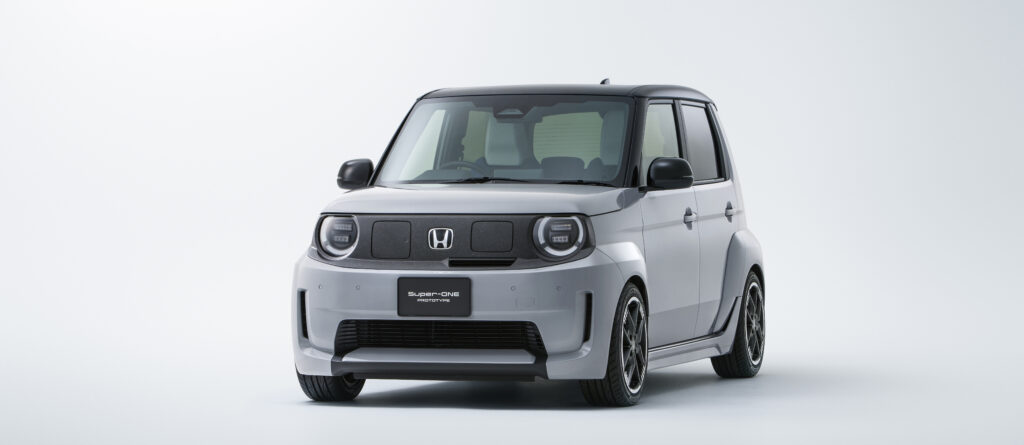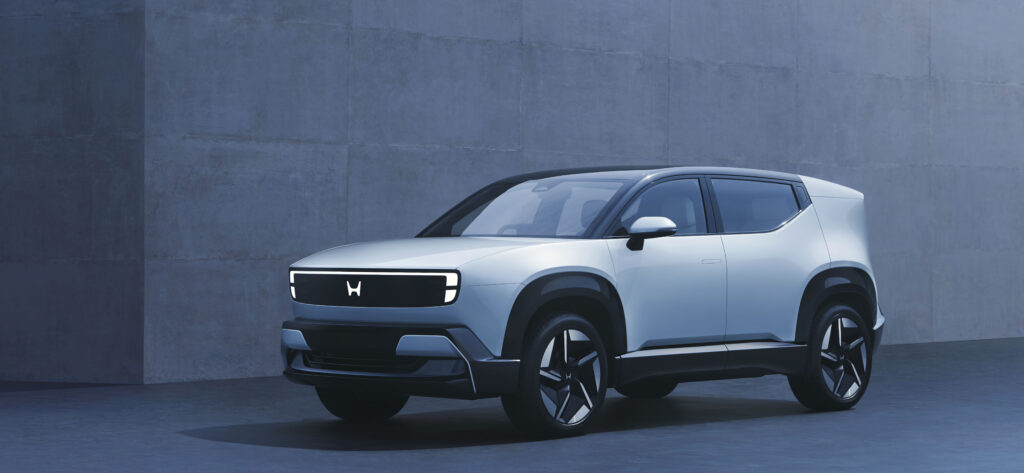Porsche unveils their most powerful road-going vehicle, the all-new fourth generation fully-electric Cayenne Turbo Electric. It makes an astonishing 1150 horsepower and a gravity-escaping 1500 newton-meters of torque driving all four wheels via two electric motors. This allows the Cayenne Turbo Electric to accelerate to 100kmh from rest in an unbelievable 2.5 seconds. For a sport utility vehicle that weighs a colossal 2,700kg, that is unbelievable. The range? Up to 642 kilometers, with a top-speed of 260km/h, thanks to excellent aerodynamic management.

Should you find all this power excessive, you can opt for the base Cayenne Electric which makes do with “only” 435 horsepower and accelerates to 100kmh from rest in a still sports car baiting 4.6 seconds. It offers a 560 kilometer range, with a top-speed of 230km/h.

On the EV technology front, Porsche pioneers a new 113kwh battery pack, DC charging is capable of a super-fast 400kw that allows state of charge to reach 80% from 10% in under 16 minutes. In AC charging mode, 11kw is standard for faster charging. Unbelievably, the Cayenne’s recuperation rate matches the latest Formula E cars with an astounding 600kw. Porsche will also offer an EV inductive pad charger you drive over in your new Cayenne that delivers 11kw of wireless charging.
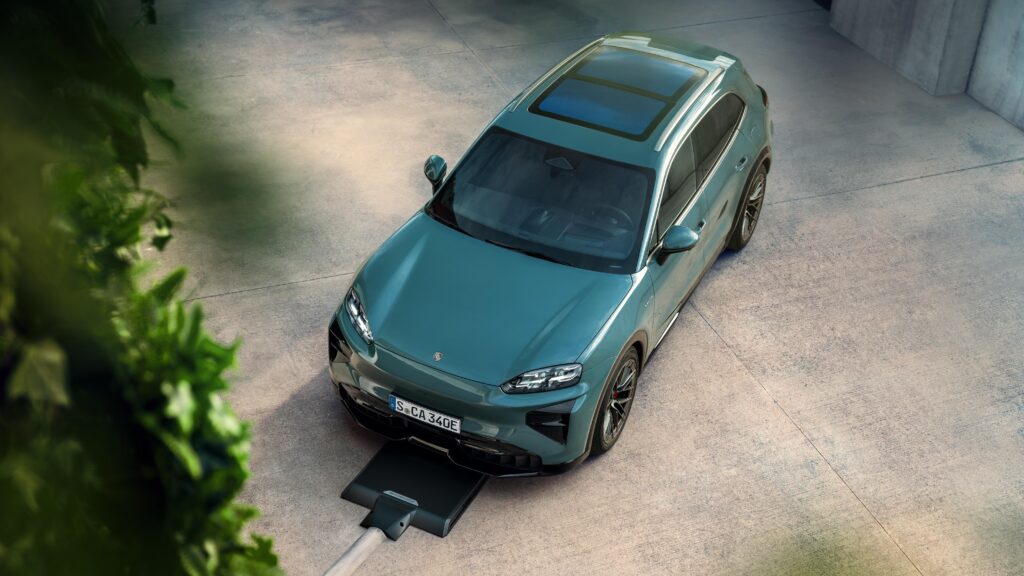
The all-new fourth generation Cayenne is built atop the Premium Platform Electric. Interestingly, the battery is integrated into the floor in a different way from other cars. It is not enclosed in a one-piece battery box that contains the entire battery. Rather, battery modules are bolted into the floor, six of them containing 32 pouch cells each, and then a reinforced cover is bolted over that. In this way, the battery can be serviced without taking the entire pack out of the car.

Moreover, this reduces the overall height of the pack so the center of gravity can be lower and the inside floor and roofline can be brought down as well. Hence this gives the Cayenne Electric a lower roof height than the current internal combustion engined Cayenne by about an inch as per Porsche. However the dropped floor actually expands the headroom so there is more space inside.

Also interesting is that Porsche will be extending the life of the current 3rd Generation Cayenne, giving the range a wide variety of powertrain options: internal combustion turbocharged and direct-injected gasoline engines, plug-in hybrids and fully-electric powered.

The Porsche “flyline” a styling cue that describes the arc of the roof is very much present, resulting in a sloping roof that is in-between the traditional 2-box Cayennes of old and the modern coupe-like silhouette of the 3rd generation coupe body-style.

The Cayenne Electric Turbo looks longer and even more aggressive thanks to a wheelbase 127mm longer even though it’s only 53mm lengthier overall.
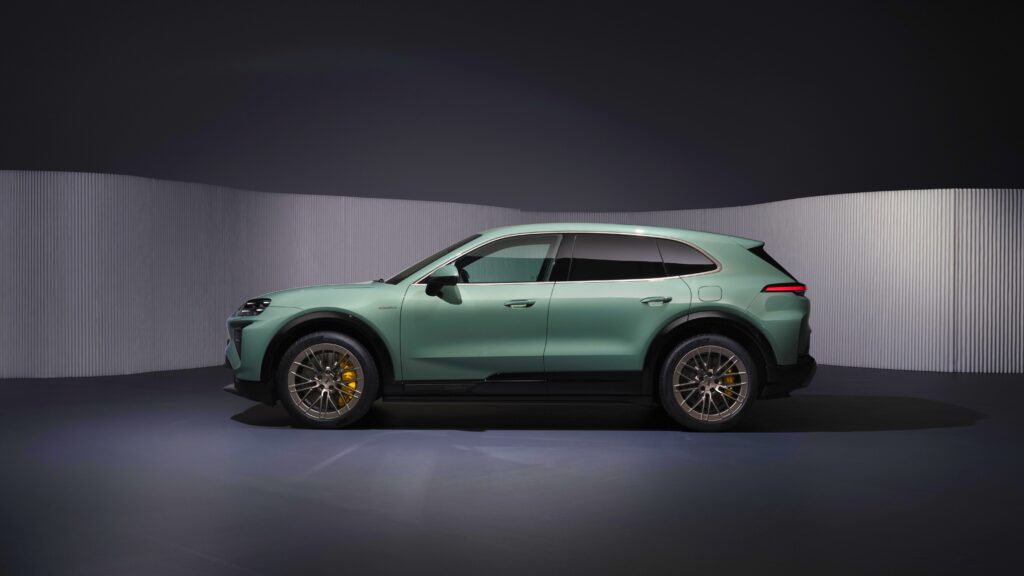
Up front, the absence of a traditional engine allows the hood to sit lower, allowing designers to integrate the quasi pontoon like front flanks, an ode to the seminal 911 and all other Porsche sports cars of old.
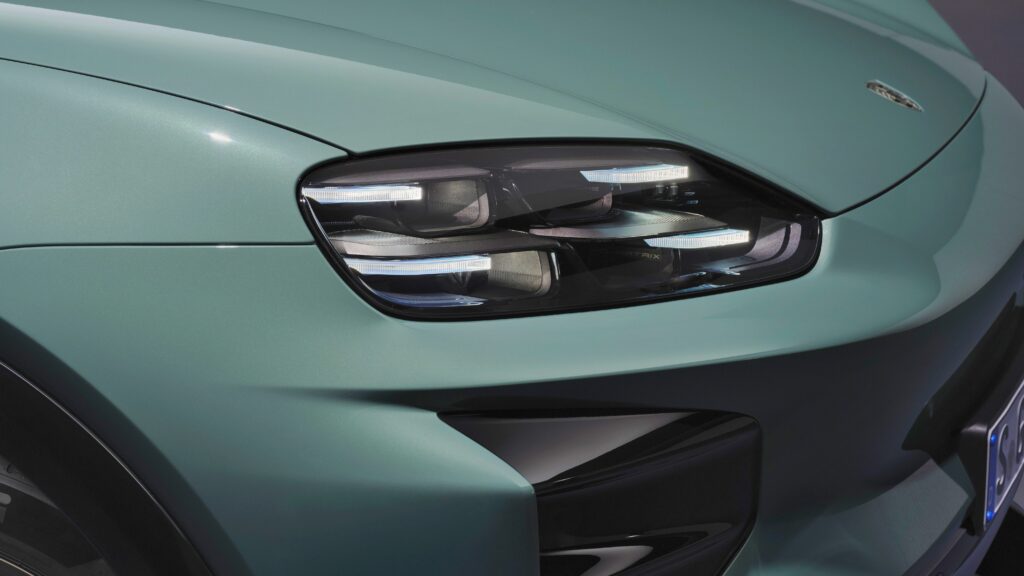
But there are many minute details that really push the new Cayenne Electric Turbo into the future: the large intake on the lower section of the front bumper, which gives the feeling of a grille (similar to the moving flaps of the GTS and .2 Turbo). It opens when you are parked (for looks), yet closing when you run at most speeds (to reduce drag and improve airflow). They open their widest at higher speeds and when sitting still while charging, to admit cooling air to regulate battery temperature.

The Turbo models have aero blades, which extend out and backward from the rear bumper above 64kmh. These reduce the drag coefficient by 0.06, which is good for an extra 10km of range.
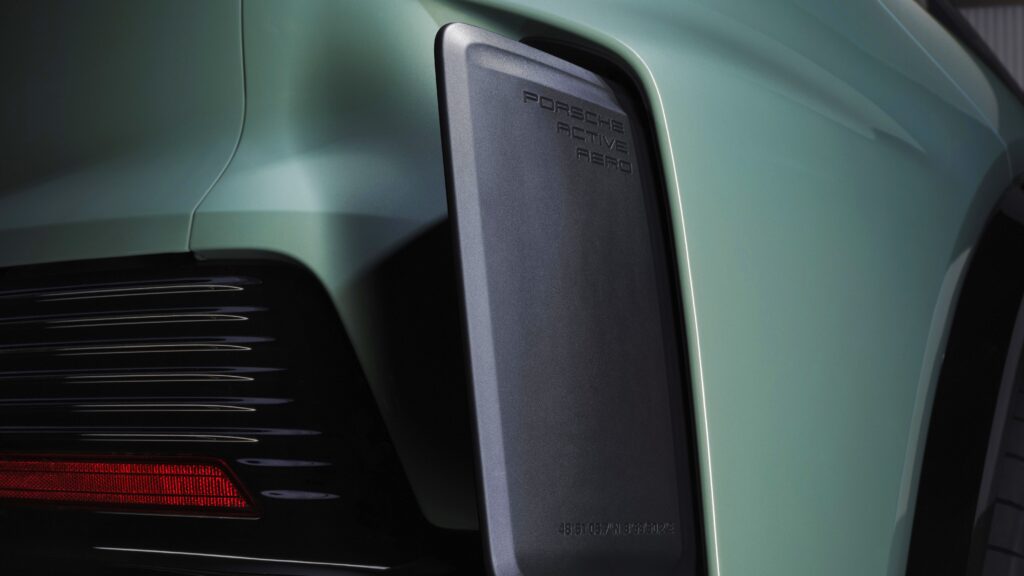
Inside, the unique curved 12.25-inch central touchscreen flows downward like a waterfall meeting the lake. It bends back toward the driver, meeting up with a plethora of buttons spanning the center console.
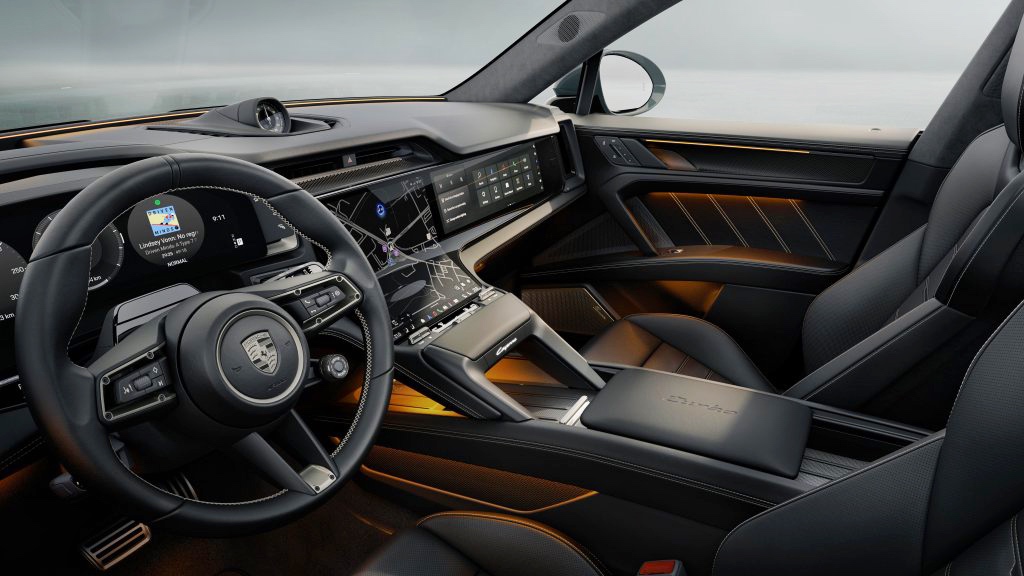
There is an optional 14.9 inch passenger display and will both come under the same piece of curved glass. Up ahead, the instrument cluster is a virtual and customizable display on a curved 14.25-inch screen.

Dynamically, dual-valve two-stage air suspension is standard with PASM (Porsche Active Suspension Management) but buyers can opt for Porsche’s astounding Active Ride Suspension, using an array of cameras to scan the road ahead and “predict” the necessary firmness needed from the suspension to deliver a soft, cosseting ride.
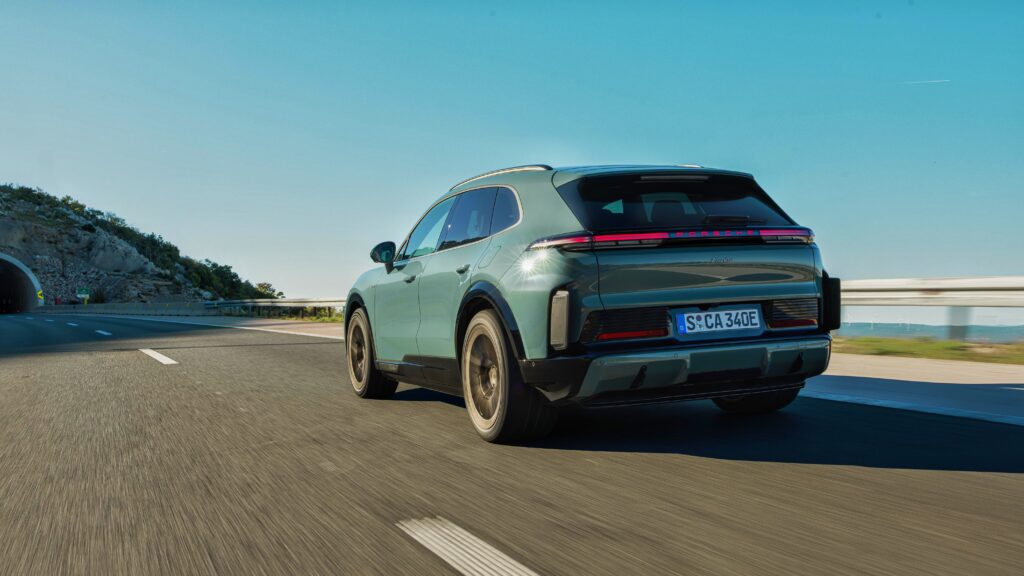
No prices have been announced yet for the local market, but expect the Cayenne Electric to hit our roads in the latter part of 2026.




